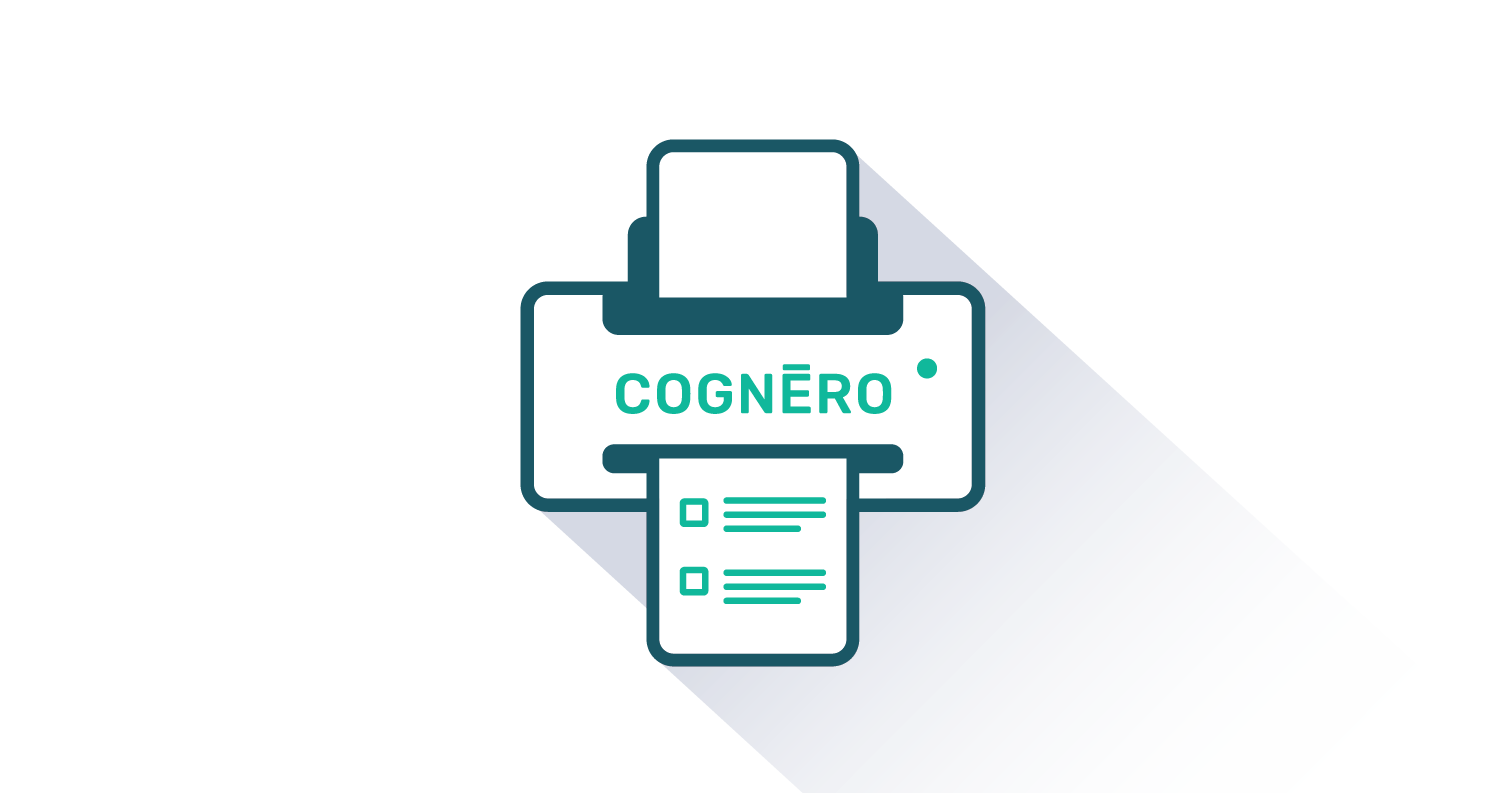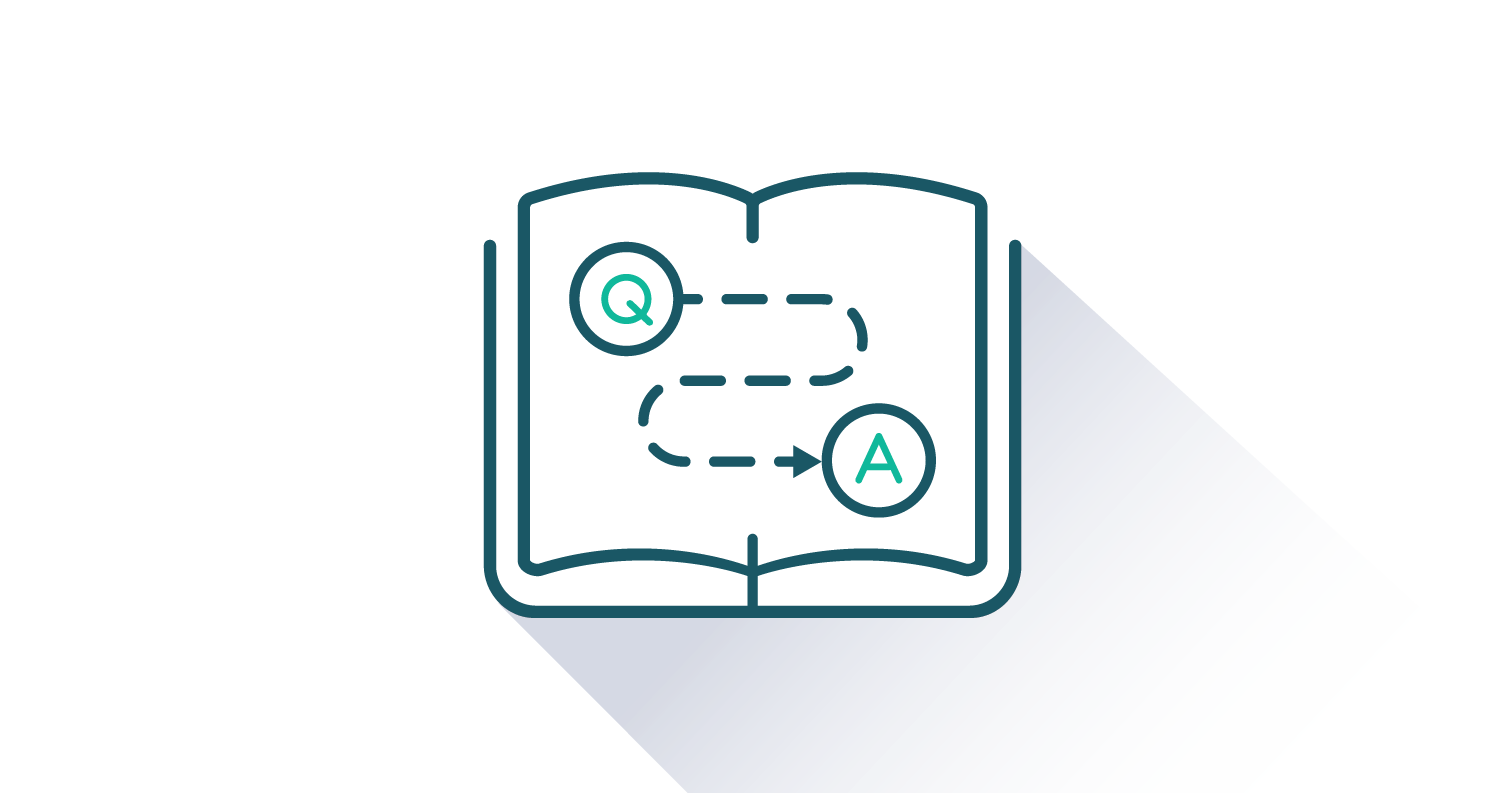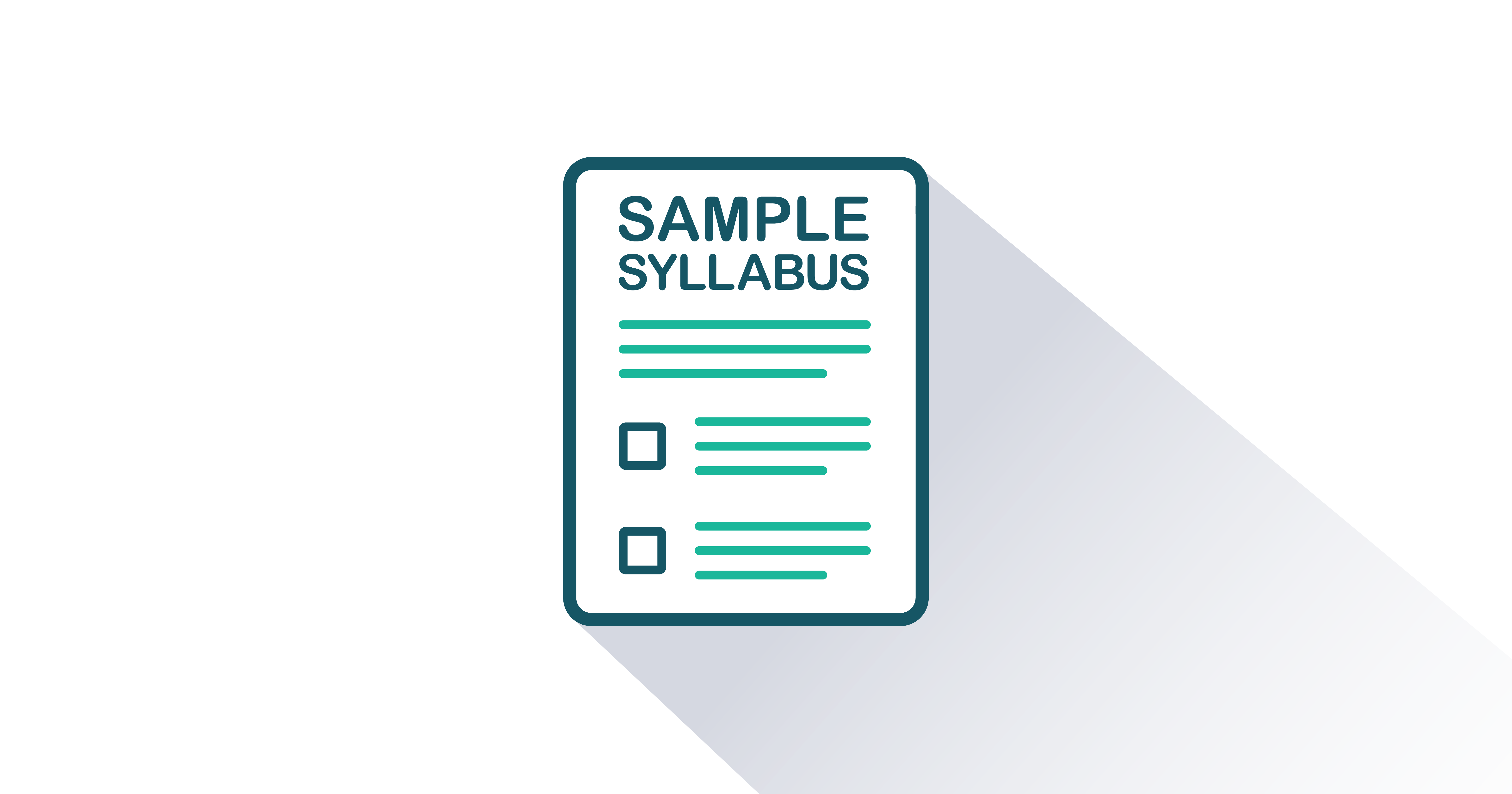General Chemistry: Principles, Patterns, and Applications

Version 2.1
By Bruce Averill and Patricia Eldredge
Included Supplements
Key Features
- Written at a level suitable for science majors, but with a less formal writing style that appeals to today’s students.
- Formatted to be less visually cluttered than typical general chemistry books in order to promote improved learning.
- Stresses unifying concepts by presenting an integrated overview of the most important chemistry subdisciplines: organic, inorganic, biological, environmental, material, and nuclear.
- Focuses on developing learners’ intuitive and predictive critical thinking and problem-solving skills.
- Supports the development of strong operational skills.
- Covers liquids and solids in two chapters to allow for expanded coverage of topics such as semiconductors, superconductors, polymers, and engineering materials.
- Fundamental concepts are introduced at the start of each chapter and followed by applications at the end of each chapter, enabling flexible assignment based on the audience.
- Topical organization is logical and discretely organized, facilitating easy syllabus preparation and course delivery.
- Plentiful, interdisciplinary, and high-quality worked examples and exercises promote concept mastery. Application problems encourage a grasp of ideas behind the subject matter.
- Three-dimensional molecular representations promote the development of spatial skills.
- Supportive pedagogical structure refines and reinforces learning:
- “Learning Objectives” lay out the key ideas to be discussed in each main section.
- “Note the Pattern” boxes use short phrases to emphasize key concepts.
- “Summary” boxes at the end of each main section review the section’s main ideas in prose form.
- “Key Takeaways” at the end of each main section present the section’s key ideas in list format.
- “Essential Skills” boxes, found throughout the text, ensure students develop the mathematical skills necessary for successful comprehension of concepts.
- “Conceptual Problems” and “Numerical Problems” alternate at the end of each main section. “Conceptual Problems” emphasize understanding and applying the ideas covered in the preceding main section. “Numerical Problems” facilitate the development of strong operational skills. Answers are provided for many of the problems, and detailed solutions and answers to all main section problems can be found in the instructor’s or solutions manuals.
- “Application Problems” at the end of every chapter require students to synthesize and apply concepts drawn from the entire chapter in order to provide correct answers. Answers are provided for many of the problems, and detailed solutions and answers to all “Application Problems” can be found in the instructor’s or solutions manuals.
Students
- Online Access Price
- $49.95
- Color Printed Textbook with Online Access Price
- $101.95
This textbook is suitable for the following courses: General Chemistry: Principles, Patterns, and Applications, v2.1 is suitable for general chemistry courses intended for chemistry or engineering majors offered at two- and four-year colleges and universities.
General Chemistry: Principles, Patterns, and Applications, v2.1 adopts a seamless approach to explaining the interdisciplinary relevance of chemistry. This textbook integrates the exciting and relevant aspects of biological, environmental, and material sciences throughout, rather than relegating the substance of these topics to the final chapters. Consequently, simple organic structures, nomenclature, and reactions are introduced early on; distinctions between ionic and covalent bonding are emphasized; the relationship between structure and reactivity is stressed; and both organic and inorganic examples are employed whenever possible. The net result is a current and lively treatment of the subject that sparks curiosity and grabs students’ attention. By presenting a systematic method to problem solving, this textbook encourages learners to develop the essential skills proven necessary to succeed in a general chemistry course, while also building a strong foundation for additional coursework in chemistry, engineering, and the life sciences.
New in This Version
Version 2.1 is updated to include over 120 new hyperlinks to videos to enrich online courses, engage students, and reinforce or augment many of the presented topics.
Reflects the recent updates in Version 2.0:
- Updated the Periodic Table of Elements throughout to show the lanthanides and actinides and accommodate elements 112-118, which are at the edge of a theoretically predicted “island of stability” starting at element 118 (oganesson).
- Added environmental science applications to better reflect contemporary students’ priorities and interests.
- Updated to integrate recent data and findings. Examples include discussions of how shock-sensitive XeO3 reacts with crown ether (15-crown-5) to form a stable adduct (Chapter 22), and new developments in the area of contemporary materials (Chapter 12).
- Streamlined coverage of more advanced topics.
- Augmented end-of-chapter problems and reviewed them for accuracy.
- New, more reader-friendly interior design and refreshed illustration program.
- Now available with FlatWorld Homework.
- About the Authors
- Acknowledgments
- Dedication
- Preface
-
Chapter 1: Introduction to Chemistry
-
Chapter 2: Molecules, Ions, and Chemical Formulas
-
Chapter 3: Chemical Reactions
-
Chapter 4: Reactions in Aqueous Solution
-
Chapter 5: Energy Changes in Chemical Reactions
-
Chapter 6: The Structure of Atoms
-
Chapter 7: The Periodic Table and Periodic Trends
-
Chapter 8: Ionic versus Covalent Bonding
-
Chapter 9: Molecular Geometry and Covalent Bonding Models
-
Chapter 10: Gases
-
Chapter 11: Liquids
-
Chapter 12: Solids
-
Chapter 13: Solutions
-
Chapter 14: Chemical Kinetics
-
Chapter 15: Chemical Equilibrium
-
Chapter 16: Aqueous Acid–Base Equilibriums
-
Chapter 17: Solubility and Complexation Equilibriums
-
Chapter 18: Chemical Thermodynamics
-
Chapter 19: Electrochemistry
-
Chapter 20: Nuclear Chemistry
-
Chapter 21: Periodic Trends and the s-Block Elements
-
Chapter 22: The p-Block Elements
-
Chapter 23: The d-Block Elements
-
Chapter 24: Organic Compounds
-
Appendix A: Standard Thermodynamic Quantities for Chemical Substances at 25°C
-
Appendix B: Solubility-Product Constants (Ksp) for Compounds at 25°C
-
Appendix C: Dissociation Constants and pKa Values for Acids at 25°C
-
Appendix D: Dissociation Constants and pKb Values for Bases at 25°C
-
Appendix E: Standard Reduction Potentials at 25°C
-
Appendix F: Properties of Water
-
Appendix G: Physical Constants and Conversion Factors
-
Appendix H: Periodic Table of Elements
-
Appendix I: Experimentally Measured Masses of Selected Isotopes
-
Appendix J: Art and Photo Credits

FlatWorld Homework
FlatWorld Homework includes multi-format questions written specifically for your FlatWorld book, which you can access through our stand-alone interface or integrate with your learning management system.

Instructor’s Manual
The Instructor’s Manual guides you through the main concepts of each chapter and important elements such as learning objectives, key terms, and key takeaways. Can include answers to chapter exercises, group activity suggestions, and discussion questions.

PowerPoint Lecture Notes
A PowerPoint presentation highlighting key learning objectives and the main concepts for each chapter are available for you to use in your classroom. You can either cut and paste sections or use the presentation as a whole.

Test Generator - powered by Cognero
FlatWorld has partnered with Cognero, a leading online assessment system, that allows you to create printable tests from FlatWorld provided content.

Test Bank Files for Import to Learning Management Systems
For your convenience, we've packaged our test items for easy import into Learning Management Systems like Blackboard, Brightspace/D2L, Canvas, Moodle, or Respondus.

Solutions Manual
For exercises that need a little more explanation, our Solutions Manual will take you step by step through solving the problem and offer explanations on the answer.

Test Item File
Need assistance in supplementing your quizzes and tests? Our test-item files (in Word format) contain many multiple-choice, fill-in-the-blank, and short-answer questions.

Sample Syllabi
Sample syllabi provide useful templates to help new faculty adopters revise their teaching plans to match their assigned FlatWorld textbook or lend insights to existing adopters on how to organize their classes.
DownloadAt FlatWorld, we take pride in providing a range of high-quality supplements alongside our titles, to help instructors teach effectively. Supplements are available for instructors who have registered their adoption with us. If you need to review or preview something specific, please contact us.
Already registered? Sign in here.
Additions & Errata
11/14/22
1) Chapter 10, Example 17 Solution (a.A), p. 738
234.04 changed to 235.04
2) Chapter 14, Example 12, Exercise B (d.), p. 1014
First “2”: superscript
Second “2”: subscript
Third “2”: superscript
3) Chapter 14, Example 12, Exercise B Answer (a.), first equation, p. 1014
The “1” changed to subscript, and the “2” changed to superscript
3/9/21
Chapter 16, section 1: question 11d, 250 mL was corrected to 275mL.
3/4/21
Bolded C, C, C, S, and N atoms in image in Application Problem #3 in Chapter 9, Section 5.
